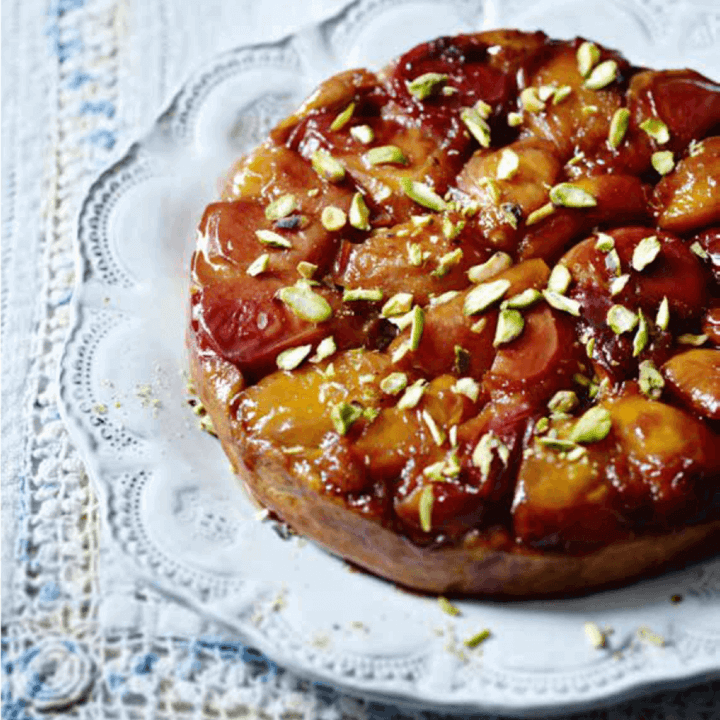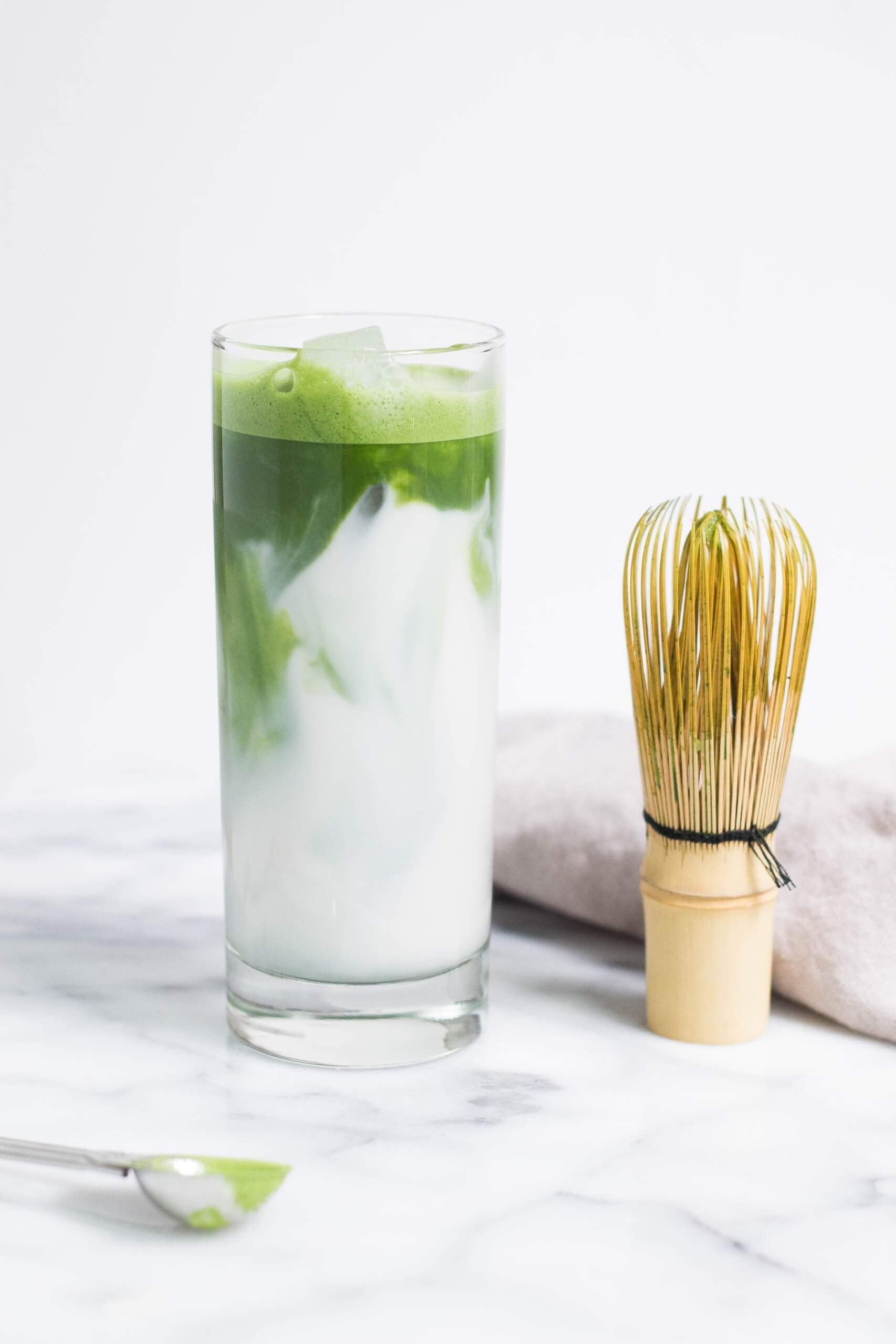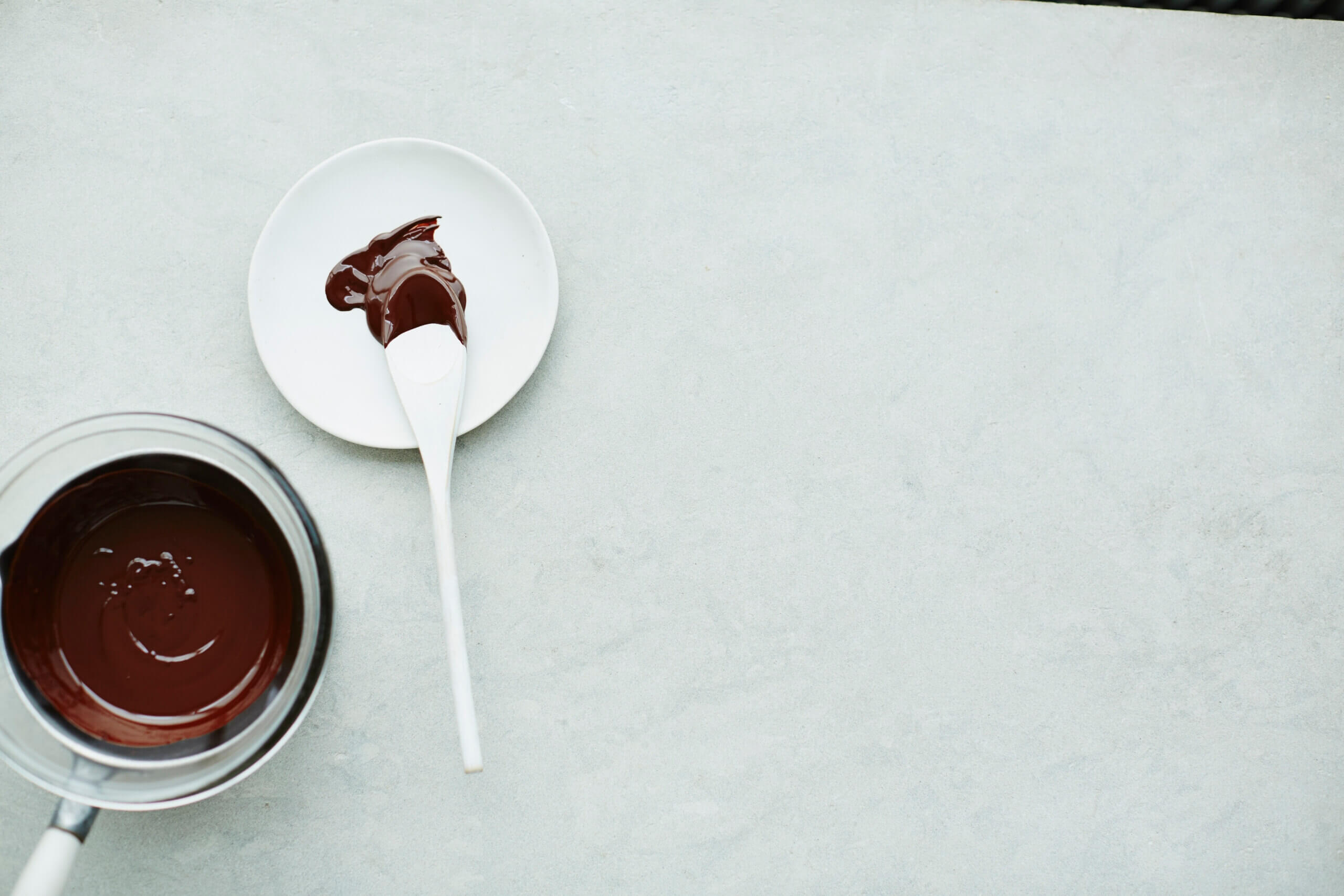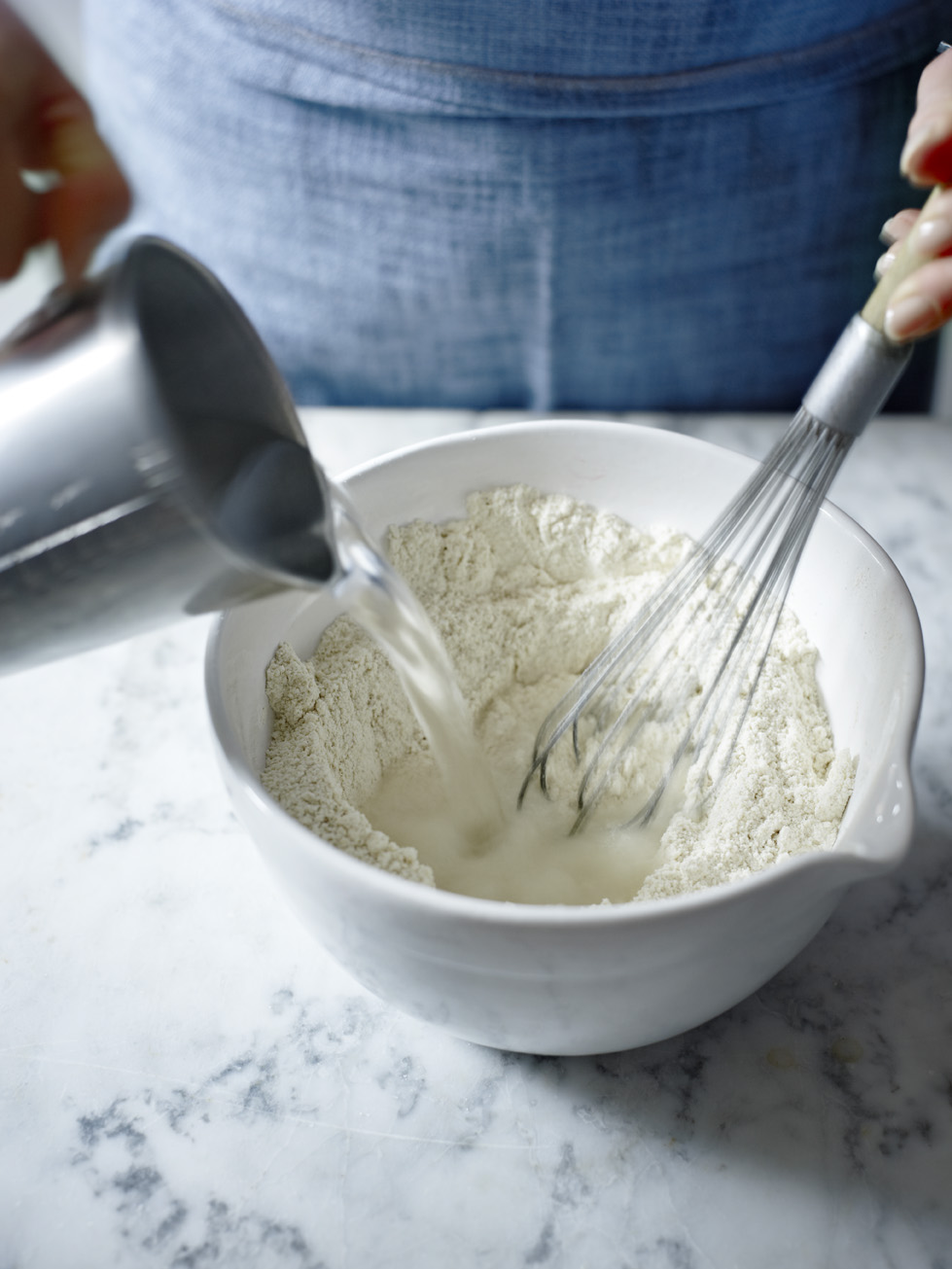
Peach & Pistachio Tarte Tatin
Easter is coming up soon and boy, do we have the recipe for you! Taken


Easter is coming up soon and boy, do we have the recipe for you! Taken

Matcha is the fine green tea powder, packed with antioxidants, that’s taking the world by

Looking for something different and guilt-free for Easter? Look no further than these Chocolate Cupcakes

Grace Cheetham is the author of the internationally acclaimed The Best Gluten‐Free, Wheat‐Free & Dairy‐Free

This article is an extract from The Best Gluten-Free and Dairy-Free Baking Recipes by Grace

Watkins Media Limited
Shepperton House unit 11
89 Shepperton Road
London, England
N1 3DF

Watkins Media Limited
Shepperton House unit 11
89 Shepperton Road
London, England
N1 3DF